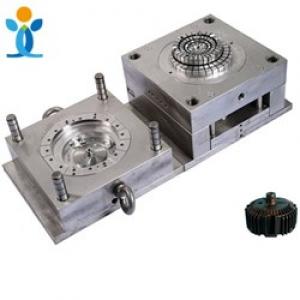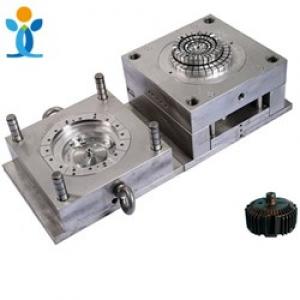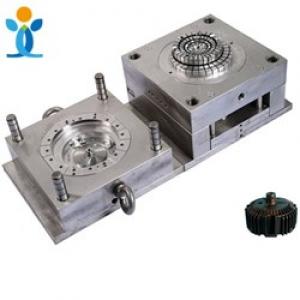Easily neglected aspects of injection mold maintenance
Easily neglected aspects of injection mold maintenance
The repair procedure required for each injection molding location depends on the mold cycle. Here are some general principles that each mold user can use to ensure the effective operation of mold components such as hot runner, heater, guide post and thimble, so as to prevent accidents.
1. Check whether there is early-warning rust or moisture at the air vent - if you find rust or moisture near the vent of the hot runner, it means that the internal condensation or water pipe may be broken. Moisture can cause a fatal short circuit to the heater. If the machine does not run all year round, but shuts down at night or on weekends, the probability of this condensation will increase.2. Remember to remind the operator not to "clean" the hot nozzle at the gate - if the operator happens to see a small piece of stainless steel at the mold nozzle, it may actually be a point nozzle component. "Cleaning up" what seems to be a hindrance often destroys hot lips. In order not to damage the hot mouth, please confirm the mouth type of the hot runner system before taking action, and ensure that all operators are well-trained and can identify all the different mouth types they contact.
3. Slide stop - for machines that run continuously throughout the year, this should be done once a week.
4. Cross check the resistance value of the heater - you should have measured the resistance value of the heater when you started using it. Now it's time to measure and compare it again. If the resistance value fluctuates by 10%, it is necessary to consider replacing the heater to ensure that it will not go wrong at critical moments in the production process. If the initial resistance has never been measured, measure it once now and use it as a reference for future inspection of the heater.
5. Check whether there is any sign of wear between the guide post and guide sleeve - find out whether there is any scratch or scratch, which is due to the lack of lubrication. If the trace is just emerging, you can also extend the life of the guide post and guide sleeve by adding more lubrication. If the wear is serious, it's time to replace the parts. Otherwise, the cavity and core part may not fit well, resulting in different thickness of cavity wall.
6. Check the water flow - connect a hose at the outlet of the water way to let the water pass through the hose and stay in the bucket. If the outflow water is not clear or has color, rust may occur, and the water flow is not smooth, which means that there is a blockage somewhere. If you find these problems, drill all the water pipes through again to keep them unblocked (or take any of your most common methods to clean them). Improving the plant's water treatment system will prevent future problems caused by rust and clogging.
7. Clean the thimble - after one year, the thimble will become dirty due to gas accumulation and membrane impurities. It is recommended to clean well with mold cleaner every six to twelve months. After cleaning, apply a layer of lubricant on the thimble to prevent scratch or fracture.
8. Check whether there is a fracture in the radius area of the hot nozzle - the fracture is caused by the clamping force brought by the loose and hard plastic fragments left in the hot nozzle of the machine during forward injection from the injection barrel assembly. The cause of the problem may also be that the center line is not aligned.
These two possibilities should be considered when fracture is found. If the damage is too severe to prevent petal like leakage (a former term used by mold users: Plastic leakage between the guide sleeve and the hot tip of the machine), the sprue sleeve should be replaced.




